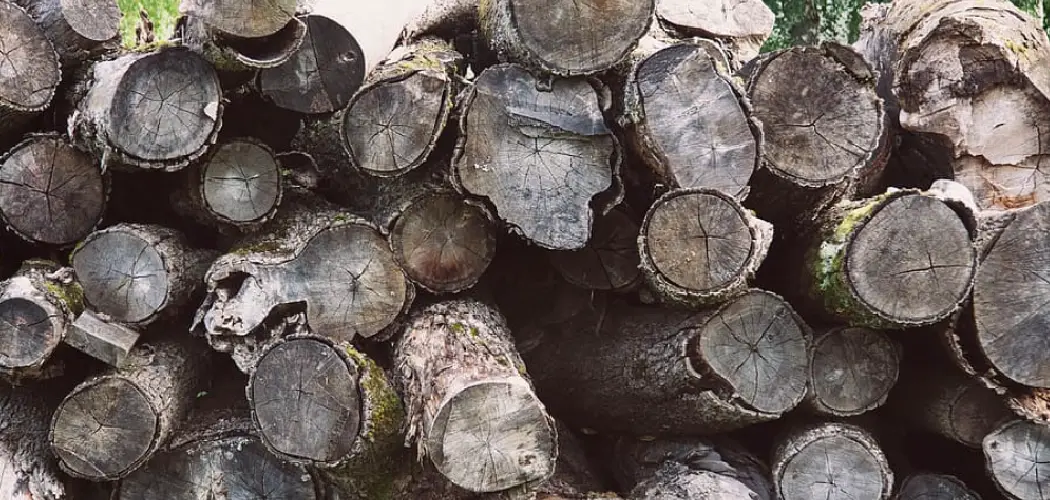Are you looking for ways to tell if your firewood is rotten? If so, you’ve come to the right place! Here are some tips on how to determine whether your wood is still good or has gone bad.
The sight of a crackling fire in your home can give you the cozy, warm feeling of comfort and joy during cold winter months – but that feeling quickly evaporates when you realize your logs are too rotten to feed the flames. Firewood is one of those things that doesn’t always look like what it’s supposed to, so if you’re considering purchasing used logs for decorating or burning, it’s important to know how to tell if they’re rotten.
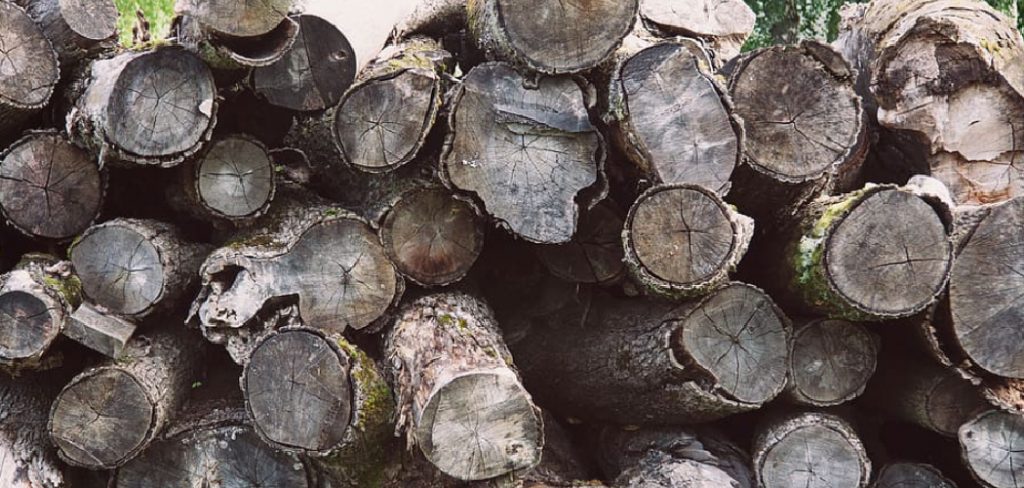
In this article, we will provide concise instructions on how to tell if firewood is rotten and why it matters before breaking out the matches. Keep reading!
What Are the Reasons for Firewood Rotting?
Firewood can rot when it is not properly stored, whether outdoors or indoors. The most common causes of rot include:
- Exposure to moisture from rain or snow during the winter months and humidity in the summer.
- Insects such as termites, carpenter ants, and wood borers feed on wood fibers.
- Fungi growth is caused by spores present in damp areas of the woodpile.
- Damage from sun, wind, and other outdoor elements that cause wood to dry out.
8 Easy Steps on How to Tell if Firewood is Rotten
To determine how rotten your firewood is before you buy, there are several things you should check for:
Step 1. Color:
Fresh firewood is typically lighter than rotten wood, which tends to be darker with a grayish hue. Use a flashlight to inspect the wood if you can’t see it in natural light. It will also be helpful to compare the wood color with that of freshly cut firewood.
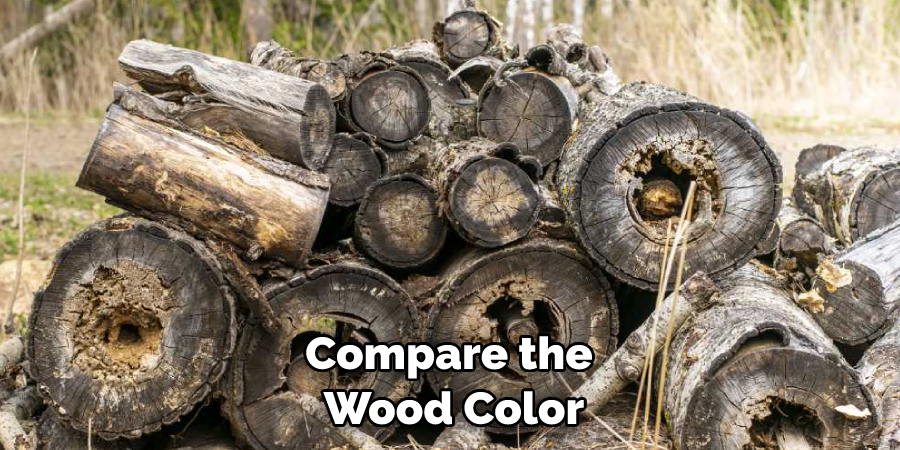
Step 2. Weight:
Rotten firewood is often heavier than good wood due to the added moisture it has absorbed. Pick up a few logs and compare their weight with each other—the heavier one may be rotten. Don’t forget to account for the weight of any bark!
Step 3. Smell:
Healthy firewood will give off a pleasant smell of sap or pine, while rotten wood has an unpleasant odor that can be musty or moldy. If you detect a foul smell, the wood is likely rotten. Additionally, wood that has been used for burning may also smell smoke.
Step 4. Surface Texture:
Good firewood should have a smooth surface, whereas rotten wood usually has a spongy feel when you touch it. The bark on rotted logs is also likely to come off easily in your hands. You can also try knocking two pieces of wood together—if the sound is hollow or muffled, this could be a sign that the wood is rotten.
Step 5. Sound:
Strike two logs together; the wood is likely still good if they make a hollow sound. If it makes a thud or dull sound, that may be an indication that the wood is rotten. Be careful not to strike the logs too hard, as this could cause them to break.
Step 6. Flame Test:
You can also conduct a flame test to determine your firewood’s rottenness. Light up one log and watch how it burns – proper firewood should burn cleanly with little smoke and leave behind white ash, whereas rotten wood will smolder and create black smoke when burned. It will also have a wet, sticky appearance and not burn completely.
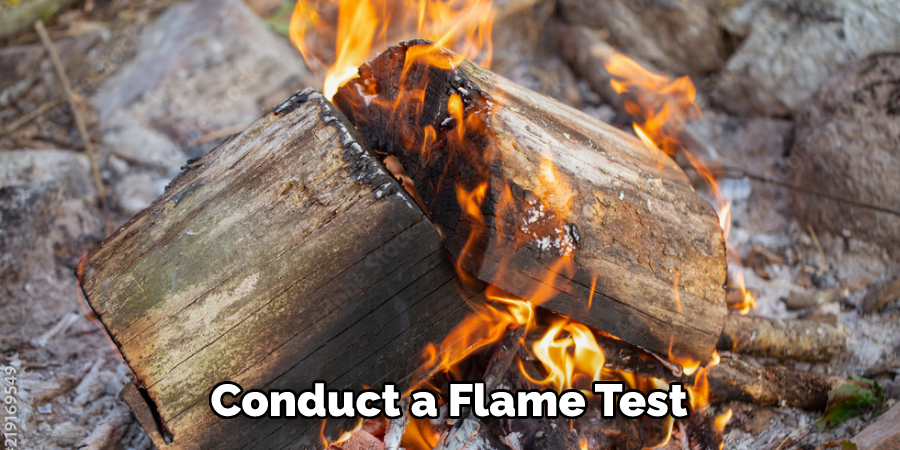
Step 7. Inspection for Insects:
Take time to inspect your wood for signs of insect activity, such as holes or tunnels in the surface of the logs or sawdust on the ground. Additionally, look for carpenter ants or termites crawling on the logs. Keep an eye out for wood-boring beetle larvae as well, which are usually white and grub-like.
Step 8. Check for Fungus:
Look out for evidence of fungal growth, such as mushroom-like shapes on the surface of the logs or a musty smell. There may also be evidence of mold or mildew, especially if the wood has been stored in damp conditions. If you spot any of these signs, the wood is likely rotten.
It’s important to inspect the firewood you’re considering for your home to ensure it’s in good condition. Remember, any wood that is rotten should be discarded immediately as it can cause problems with indoor air quality and even pose a fire hazard.
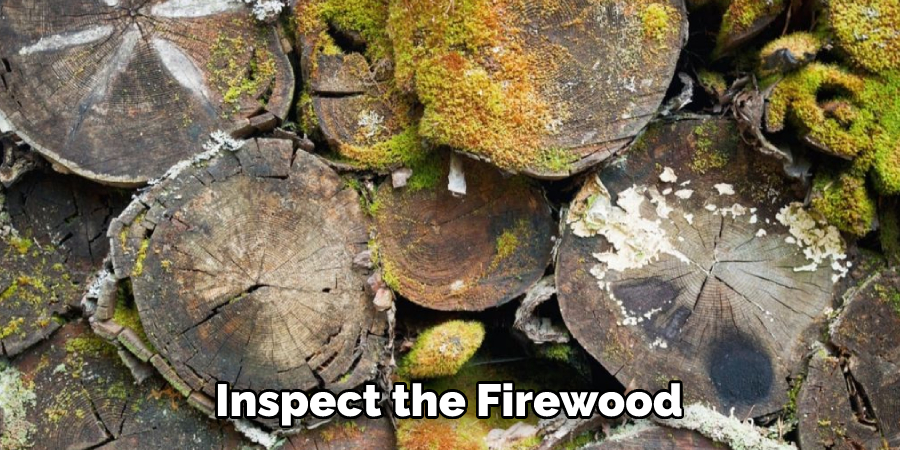
5 Additional Tips and Tricks
1. If you’re unsure of tell if the firewood is rotten, look for mushrooms growing out of the wood. Although some types of mushrooms are edible, the presence of any type of fungi indicates that
the wood has started rotting and will not burn properly.
2. Feel the texture of the firewood; it should be dry and rough in texture rather than damp or soft. Dampness can indicate that moisture has penetrated through the wood, leading to rot.
3. Take a piece of your firewood and cut it open with a saw – inspect how deep the rot goes and how much sap is present inside the log. The less sap present, the more likely that it won’t burn as well due to rot within its interior.
4. Check how long your firewood has been stored, as having wood stored too long can cause it to rot. The optimal storage time is between six months and one year, depending on the type of wood being used.
5. Look at how your firewood smells – if it has a strong smell of dampness or mold, then this indicates that the wood may have started rotting and should not be burned in a fireplace or outdoor fire pit. It’s best to discard such wood before attempting to use it for fuel.
With these five tips, you’ll be able to easily identify whether or not your firewood is rotten and determine how suitable it will be for burning!
5 Things You Should Avoid
- Avoid firewood with an unusually dark color. Rotting wood will often have a darker hue than usual, which is a sign that the wood may be rotten.
- Firewood should not give off an odd odor or smell musty. A distinct odor is usually indicative of rotting wood and should be avoided when choosing your firewood.
- Firewood that appears wet and overly damp should be avoided, as this can also be a sign of rot and decay in the firewood.
- If you hear squeaking noises coming from the pile of logs, chances are there are insects living within them which means they are likely rotten and unsuitable for burning.
- Be wary of firewood with large cracks in them, as these could be tell-tale signs of decay and rot.
It is important to take the time to check over your firewood before using it, as this will help you ensure you are not buying or using rotten firewood. If you have any further questions about tell if firewood is rotten, contact a professional for assistance.
Is It Okay to Burn Rotten Wood?
No, it is not okay to burn rotten wood, as it can cause a number of problems. Firstly, the smoke released from burning rotten wood is likely to contain higher levels of pollutants and toxins than smoke produced by burning good quality firewood.
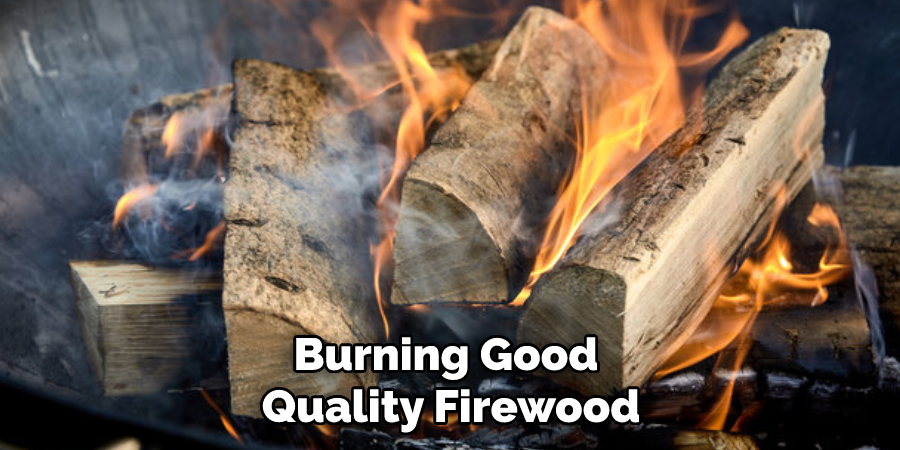
Additionally, using rot-infested logs in your fireplace or outdoor fire pit can pose a safety risk due to increased chances of flare ups or even an uncontrolled blaze. Therefore, it’s best to thoroughly inspect your firewood before attempting to use it for fuel and discard any rotten logs.
Doing so will help you keep your family safe while also ensuring you get the most heat out of your firewood. With these tips in mind, you’ll be sure to tell if firewood is rotten and how to handle it.
Does Burnt Wood Rot Faster?
Due to its increased surface area, burnt wood will rot faster than unburnt wood. This is because when wood gets burnt, the flames consume the outer layer of bark and expose more inner layers of the log.
These newly exposed parts are less resistant to decay than the outer layers, meaning they start rotting more quicker. The rate at which these logs rot can vary depending on how much heat was applied during burning and how dense the particular type of wood is.
Overall, it’s important to be aware, so you don’t end up using unsafe or even hazardous firewood for your fires. Inspecting firewood before use should become a part of your routine to ensure the safety of your family and home while ensuring you get the most out of your firewood.
Remember these tips when selecting firewood; you’ll be sure how to tell if it’s rotten!
Conclusion
When using firewood, it is important to make sure that it is dry and of good quality. Knowing how to tell if firewood is rotten helps you ensure the wood is safe for burning and will not cause problems with your fire pit or fireplace. So be sure to look for signs of rot, such as softness, discoloration, wetness, and smell, before you use your firewood. If the logs do not exhibit these signs, then they should be fit for burning.
Finally, when purchasing firewood, make sure to get it from a source that specializes in providing quality firewood rather than just buying a random pile at the curb. Doing so will ensure that your fire looks great, burns thoroughly and effectively, and, most importantly, keeps everyone safe and secure!
Hopefully, the article was informative and helpful to you. Thanks for reading!

